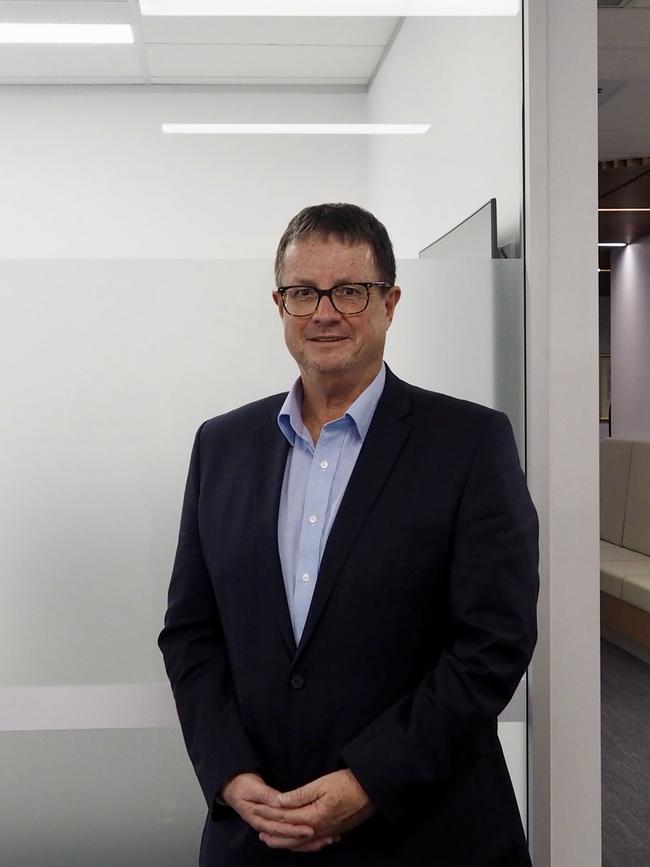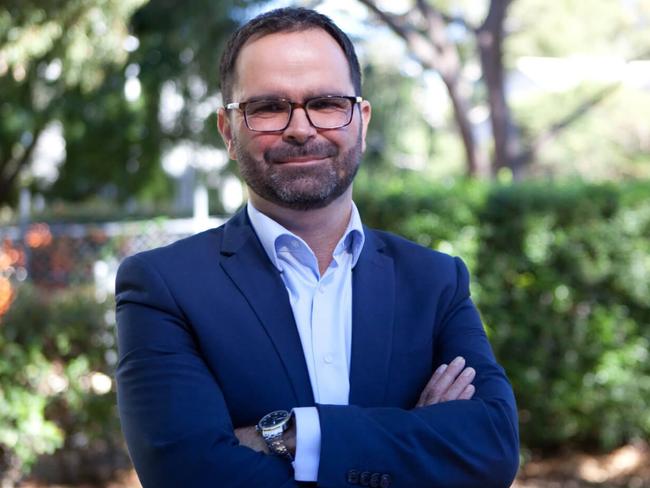Female and male doctors suicide at a higher rate than the general population
After the latest tragic loss of a much-loved local GP, the new president of the Australian Medical Association, who also once tried to take his own life, is pleading with doctors to reach out for help.
NSW
Don't miss out on the headlines from NSW. Followed categories will be added to My News.
The pressure of the pandemic, overwork and a shortage of staff are all factors in increasing rates of female doctors who suicide.
Last week Ryde GP Dr Eza Lau, a 34-year-old mother of one, took her own life.
Professor Steve Robson, the new president of the Australian Medical Association, is pleading with doctors to seek help. He too once planned his own death.
“I reached the halfway point in my internship, I felt overwhelmed with inadequacy. I had a patient die and felt responsible. My ward work was just barely adequate,” he said.
“My consultants and registrars were not exactly glowing in their feedback. I had an all-pervasive sense of failure, that so many years of struggle at medical school had been a complete waste and that I was little short of dangerous. I could see no way out.


“So, one night, I made careful plans to kill myself. I won’t go into detail but suffice to say that I wanted the end to be painless and clean. I stole some supplies from the wards,” he wrote in the Medical Journal of Australia.
Luckily, a friend knocked on the door just in time.
“It was just pure luck. I wouldn’t be doing what I am doing now, absolutely,” he said.
Australian research recently published in the Medical Journal of Australia shows female doctors take their own lives at 227 per cent the rate of the general population. Male doctors commit suicide at 141 per cent the rate of other Australians.
“To this day there is an extraordinary level of fear about disclosure for fear it will affect your career, you’ll be reported to the regulator, you’ll lose your job, you won’t be able to get health insurance, but the message is, forget that, your wellbeing is the most important thing. Talk to someone and don’t suffer in silence,” Prof Robson said, adding he lost a colleague to suicide two months ago.
“We worked together two days before, so I know it is hard to pick in people, but I cannot stress enough if you are feeling this way, talk to somebody.”
Dr Michael Bonning, president of the NSW branch of the Australian Medical Association said he had also personally lost colleagues to suicide.
“It is a sad and heartbreaking. Trying to be great for other people and forgetting about themselves, putting themselves last,” he said.

“Even though doctors are highly educated, they are in some ways at quite special levels of risk and while almost 90 per cent of the population seeks advice from a doctor, only 40 to 50 per cent of doctors will say they have a GP of their own. It suggest there are people who fall through the cracks,” Dr Bonning said
Professor Samuel Harvey, executive director and chief scientist at the Black Dog Institute led a recent review that revealed doctors are at increased risk of suicide and, in their early years of training, one-quarter to one-third reported significant mental ill-health.
“It is a combination of exposure to stressful work, disruption to social life due to long hours, secondly, there are specific barriers that stop health professionals getting help early, like stigma and in addition, health professionals are regulated and there is a lot of anxiety that if people put their hand up and ask for help that might impact their career and regulation to practice,” Prof Harvey said.

“Thirdly health professionals have access and knowledge about medication and other ways of harming themselves and if they do attempt to end their own life they are more likely to be successful.
“Internationally we know as many as one in 10 health care workers end up with long term mental health problems as a result of working through that pandemic.”
One doctor, who asked not to be named said: “Who cares for the carer? There is a pressure of dealing with the list every patient brings and then doing that in a small the time frame is near impossible. Imagine 30 back-to-back meetings in a row where you don’t know the agenda, but you have to keep them alive. You are just giving and giving and giving,” the doctor said.
For help and support: blackdoginstitute.org.au/the-essential-network, drs4drs.com.au
Lifeline Australia 13 11 14
Beyond Blue 1300 22 4636




